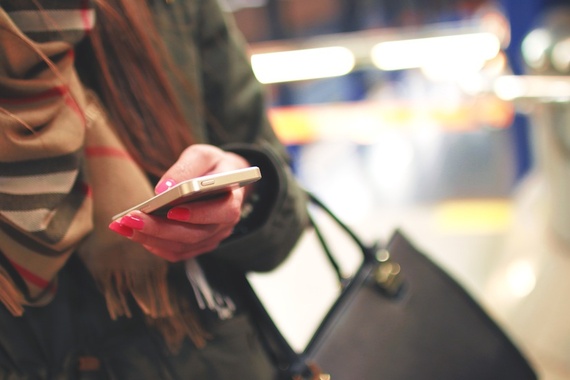Photo Credit: Pexels.com
As a marketer, I am always thinking about how smartphones can be used to disseminate content and engage with the customer. If I think about the first customer touch point on mobile and follow the customer path all the way through to a purchase conversion, I end up at a destination that includes mobile pay. Every marketer wants all customers to purchase, right? We should all be thinking about mobile pay and how it will soon become the norm for consumers.
Mobile Pay May Require A Shift In Habits
Mobile payment methods are soon to become the norm for brands and consumers. Before this occurs, there needs to be a shift in consumer habits because some generational groups are not accustomed to swiping their smartphone and paying instantly. The older the customer, the less likely mobile payments will occur.
As mobile usage increases and becomes an hourly occurrence for some people, it has also proven to be a robust tool for marketers. CMOs looking to reach out to the Millennial generation are exploring mobile marketing strategies designed for that generation and their digital behaviors. According to a Mitek and Zogby Analytics study, this generation spends a great deal of time with their smartphone both day and night (87%). A high percentage of Millennials (78%) spend over two hours a day on their device.
Has Smartphone Usage Behavior Created The Perfect Storm?
If you're not convinced that mobile drives habitual behavior, just ask any person walking the street with their smartphone clutched in their hand and their face looking down at the screen. Or take a look at the dating couple in a restaurant having dinner together. They are gazing into their small screen instead of their mate's eyes. The smartphone is not only creating a habit people are unable to break, it's created what some call the perfect storm for addictive behavior. This is good news for marketers.
"The confluence of increased access and greater sharing of personal information, and at higher transmission speeds, has created the perfect storm of addictive technology." - Nir Eyal
"Gallup found that about half of smartphone users check their phones several times an hour or more frequently; 81% of people said they keep their phones near them "almost all the time during waking hours" and 63% do so even when they're sleeping."
- Frank Newport
•81% of smartphone owners say they keep their smartphone near them all the time during waking hours
•63% report keeping it near them at night even while sleeping
•52% of smartphone owners check it a few times an hour or more
•20% ages 18-29 check their phone every few minutes
- Gallup
Have you ever counted how many times each day you took your smartphone out of your pocket or purse and started staring at it needlessly? It's probably a scary statistic that many of us are really not interested in knowing the answer to. If we were honest with ourselves, we would probably admit our smartphone tends to monopolize our time and attention. When we do engage with it, most likely it's on impulse and not because we actually have a real need to do something. Addictive mobile purchasing behavior is a good sign for marketing teams. That means increased sales revenues and higher efficacy for mobile marketing campaigns.

